Happy New Year!
Not that anyone else but my mom noticed (sorry, mom), but this is my first update of 2024. It wasn’t intentional. I landed in Kathmandu, Nepal on January 1, and spent most of the time away from my phone — becoming a certified yoga teacher, trying ancient healing practices, looking for enlightenment in a Buddhist monastery, and hiking the Himalayas.
Most people end up this corner of the world looking for answers, and I have to admit, that was part of why I ended up in South Asia. Much like my experience with ayahuasca, my answers were a bit inconclusive, but, in some form, they existed.
I’ll share more about these experiences over the next few weeks, and I’ll start with my proudest one so far — becoming a 500HR certified yoga teacher.
I ended up in Kathmandu because of a yoga teacher training. The course somehow promised to take me from a yoga newbie to an advanced yoga teacher (bold move).
I’m not a yogi. Before my teacher training, I’d rolled up to maybe twenty yoga classes in my life. I liked the idea of yoga, and the philosophy seemed quite interesting, but I never felt like it was for me. Neither thin, nor white, nor blonde, nor overly flexible, a western yoga class constantly made me feel out of place. But I also knew that the type of yoga we had adopted — whitewashed, westernized, commercialized — wasn’t real yoga, and I thought that real yoga was worth discovering.
So I ended up spending four weeks in the Himalayan foothills, studying yoga philosophy, anatomy, theory, and movement for 8 hours a day, 6 days a week.
Hip Openers
By the second week, my classmates and I had developed a rhythm. We’d gather at the same large table in the dining room, each day sharing how our bodies hurt a little less. My first cry wasn’t until the end of Week 2.
After our two-hour morning class, I lay on my mat in savasana. We’d focused on hip stretches today. “Sometimes hip openers will make your students cry,” our teacher had said. I laughed at this, mostly. There’s been a lot of discussion about how trauma is stored in the hips, but I didn’t believe it. Still, I don’t know if I do. But as I lay on my mat, breathing deeply, a few tears rolled down my cheek.
I don’t know why I cried. Perhaps I was tired. I was often sore, often frazzled, often tired because I wasn’t sleeping as much as I should. I don’t know if my hips released stored trauma, but I do know that I had been exhausted by the last two weeks, had finally laid down, and someone — indirectly — had told me it was okay to cry.
After a few quick tears, I felt ready to conquer the day.
Tarot Cards
Every Saturday, my classmates and I had a ritual of rushing to the farmers market during our 60-minute break. One of our yoga teachers, Deependra, told us about it our first week in Kathmandu; since then, we’ve eagerly awaited each Saturday, dreaming about croissants, sweets, and other treats waiting for us.
One Saturday, myself and three of my classmates stopped by a Tarot station at the market. For 1000 rupees (about $7.50) this teenage looking Tarotist gave us a 15-minute reading about what the new year would bring. Seems cute, I thought. But by the end of the day, all four of us were in tears.
One got misty-eyed before we left the market. Another one of us started full on sobbing in the cab back to the ashram. The third cried at some other point that I can’t remember. I, of course, snuck out soon before the end of our 12pm yoga class to have a cry in the stairwell.
We’d all had intense readings, fueled either by some mystical power, or a performer who was really good at reading us. “I kind of felt like I shouldn’t have been there,” one of us joked as we recounted what we had all heard about each other.
My reading was an assortment of traumatic reminders, veering in several different directions, going deeper and more specific than I had in any way expected:
“Why do you feel like you’re unlovable?”
“It’s okay not to talk to people who have hurt you.”
“Your grandmother is watching over you.”
I laughed most of it away in the moment. “I would’ve sobbed immediately,” a friend who overheard my reading said to me, and I was proud of myself for holding it together.
Two hours later, it came. I held it in for 30 seconds, and then I ducked out of our Ashtanga class to collect myself. At this point, we were all used to seeing each other crying; a classmate came out to give me a hug, another came to bring my water bottle, and I spent the next several minutes sitting on the stairs outside our yoga hall.
A Sprained Ankle
My third cry also happened on the stairwell, a few days later.
Back in December, I had twisted my ankle falling off an ATV in the Sahara Desert (I know it’s almost impossible to fall off an ATV, let’s please not talk about this). I was mostly fine, but I spent many minutes of my yoga teacher training dancing around the limits of what a healing ankle could do. “Please keep it together,” I would ask my ankle while standing in Tree Pose. “Let’s move you a little this way,” I would say when I just couldn’t sit on my heels. Perhaps if I wasn’t pushing it for 8 hours a day, it would’ve healed in a week — but three weeks in, it still hurt.
One evening, I stumbled on a pothole in Kathmandu, and my ankle really started to hurt. I limped around the rest of the night, and skipped yoga classes the next day, sulking in my room and watching The Diplomat on Netflix. All felt fine, and I jumped back into class the following day for our 12pm Astanga session, except I still felt like I couldn’t do anything. I couldn’t jump back into downward dog. I couldn’t balance on my toes for Chair pose. My back angle couldn’t stabilize me in a lunge. I couldn’t pull my heel to my butt while seated. I felt utterly useless.
I ran out of the room during our break between classes, completely frustrated with body. It wasn’t just my ankle. There were so many poses I couldn’t do; I already felt so behind many of my peers — most of who had been practicing for several years. I was way over my head signing up for this program, I wasn’t ready, I couldn’t pull my weight, and now I also had a bad (or worse) ankle. The frustration quickly turned into tears.
My friend caught me in the stairwell, and I’m glad she caught me.
“We all have things we’re not good at, you know my hips are so tight and I feel so behind everyone else!,” she reminded me. “And so what if you have a bad ankle right now — if someone came to your yoga class and told you they had a long-term ankle injury, would you tell them that they couldn’t do yoga? This is making you a better yoga teacher, and it’s not permanent.”
And she was right. I still don’t know if I have any desire to actually teach yoga, but I do believe that yoga has become such an ego-driven gymnastics competition, when it was never intended to be that way. “It’s not about the asana,” my teacher once told me as I shared my frustration with certain poses. I had turned yoga — like everything else — into something to win. As I look back, I’m glad I had a bad ankle, I’m glad I jumped in as a newbie, I’m glad I was limited; because if I wasn’t, I would’ve been so focused on winning a competition that I’d miss what I came for.

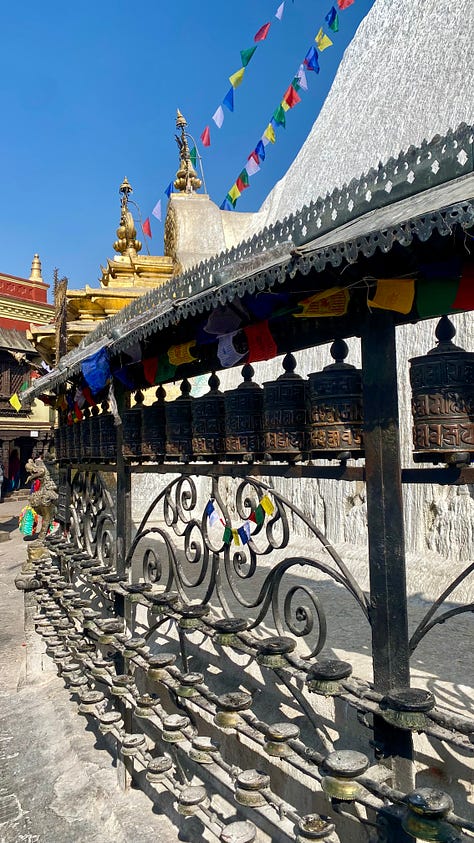
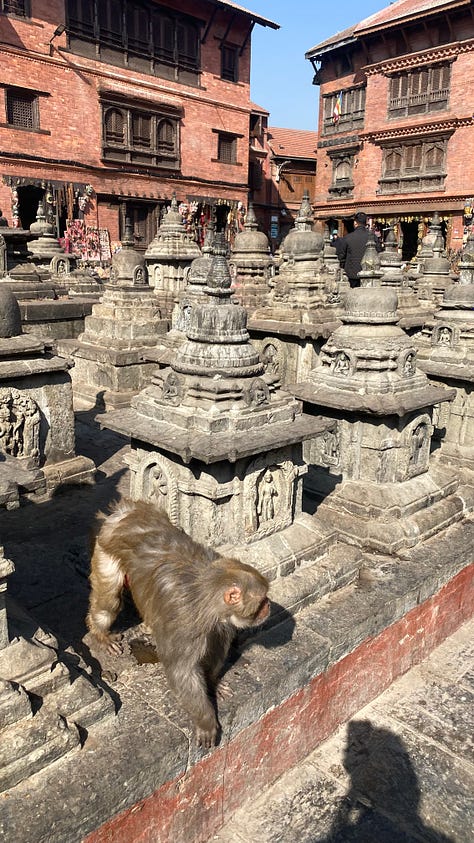
I would’ve been so focused on winning a competition that I’d miss what I came for.
Graduation Day
My last tears came on graduation day.
For the week leading up to graduation, my classmates and I couldn’t stop talking about the end — what we’d eat (or smoke, or drink), where we’d go, what we’d do next. We expected that it would be hard to say goodbye to each other after 4 weeks of trauma bonding, but we also felt excited.
Before graduation, we sat in a circle in the yoga hall we’d essentially lived in for the past several weeks, and we let it all come out.
“I haven’t even talked to my friends in the past four weeks,” said one of us. “You guys have been my friends, you are my friends.” And I felt that, too.
It was an interesting dynamic. We’d lived together in a pressure cooker, 8 hours of classes per day, plus 3 hours of meals. We’d seen each other fail numerous times, grow frustrated, fall asleep at the dinner table, celebrate the occasional success. The experience was binding, it was unique.
And so, many of us cried on graduation day, as we took turns talking about what this experience had meant to us. I don’t remember what I said that made my throat start to close up — something about how I didn’t expect all of these strangers to see me through so many different emotions — but I quickly passed the mic to my friend next to me before I started ugly crying, only for her to start sobbing before her first word even emerged from her throat.
After we’d released all of our heavier emotions, we walked up to get our certificates, spent an hour or so dancing, and then went out for a team dinner at the ‘fanciest’ restaurant in Kathmandu we could find. It was an incredible night.
I don’t quite know how I ended up at a yoga teacher training in Kathmandu. It was part curiosity, part need for a detox, part craving for a challenge, and part “will I ever get this chance again?”
I had meant to fly to India soon after my graduation, but I ended up spending a total of 10 weeks (and counting) in Nepal. It became a country that, for many reasons, I fell in love with, I felt safe in, and I wanted to learn more in.
I’ll share more from Nepal soon.






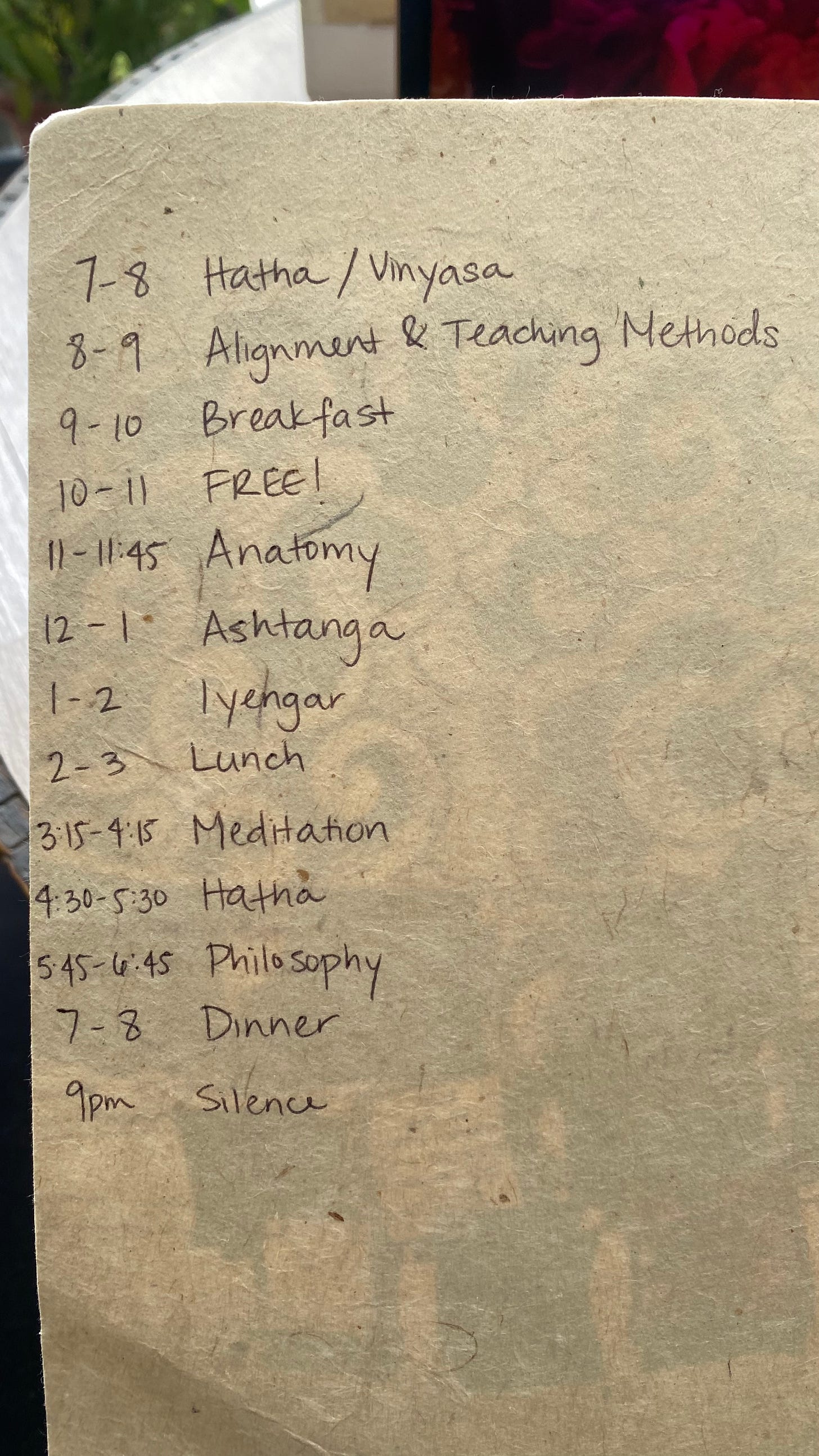
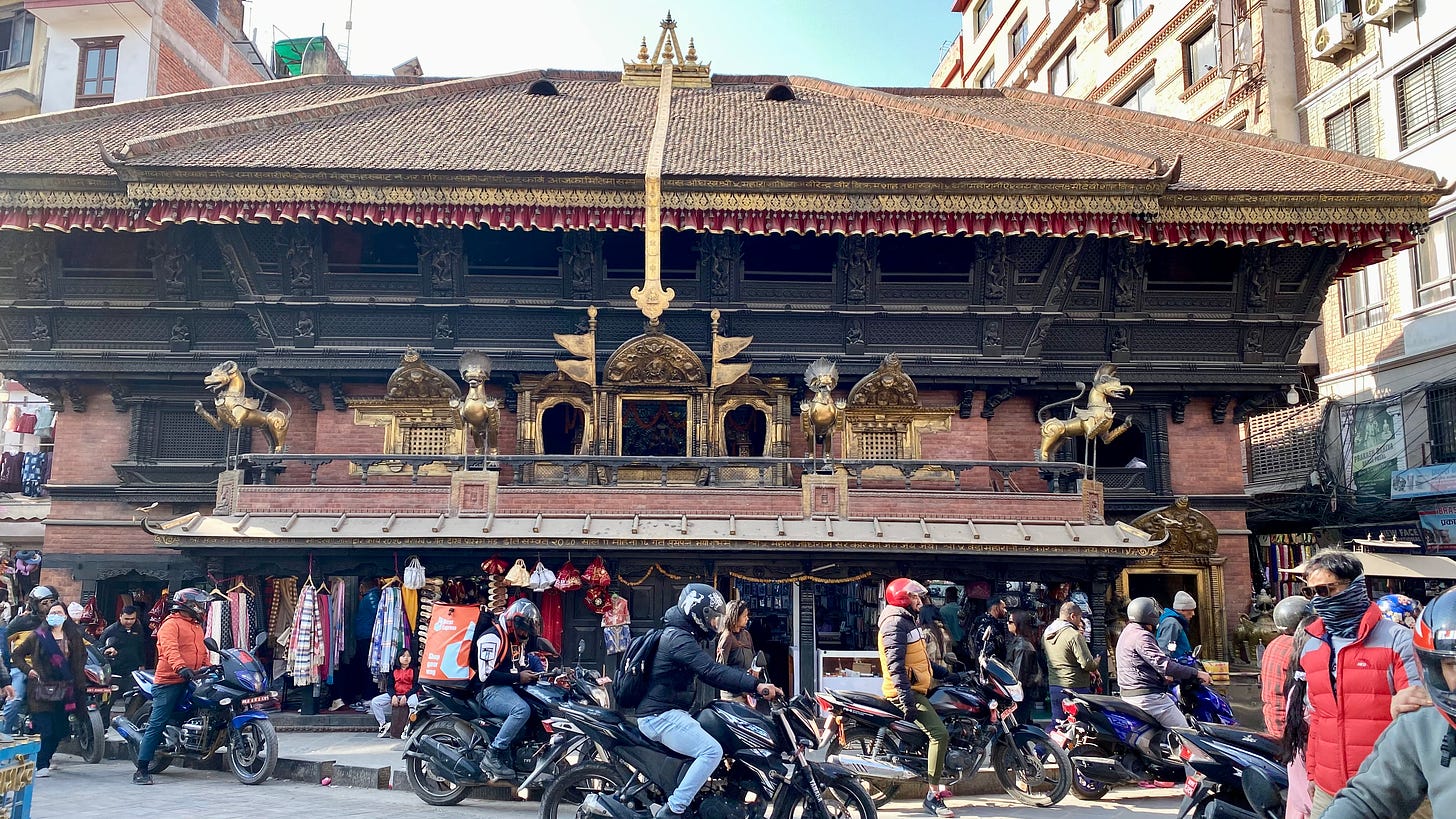
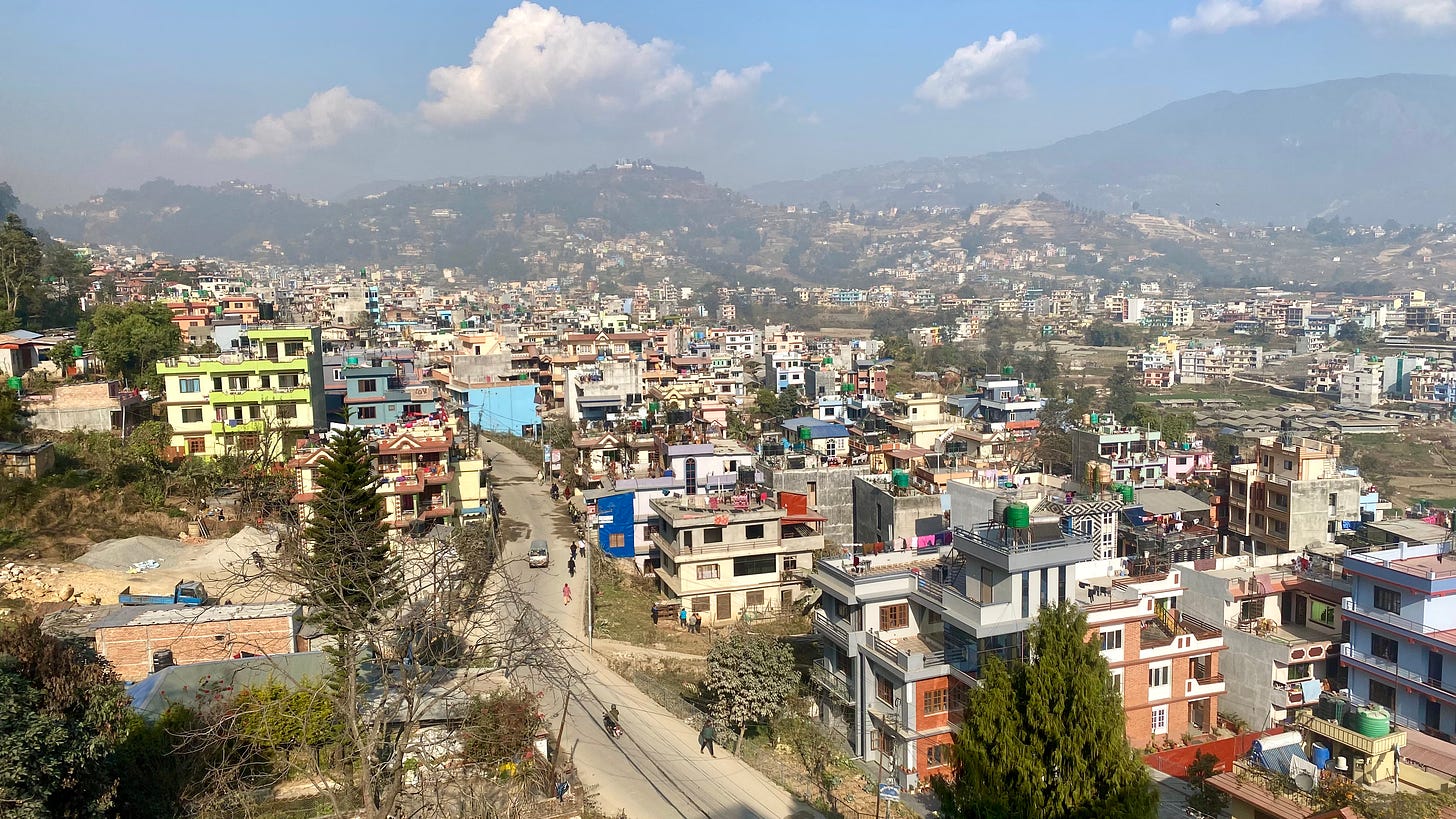
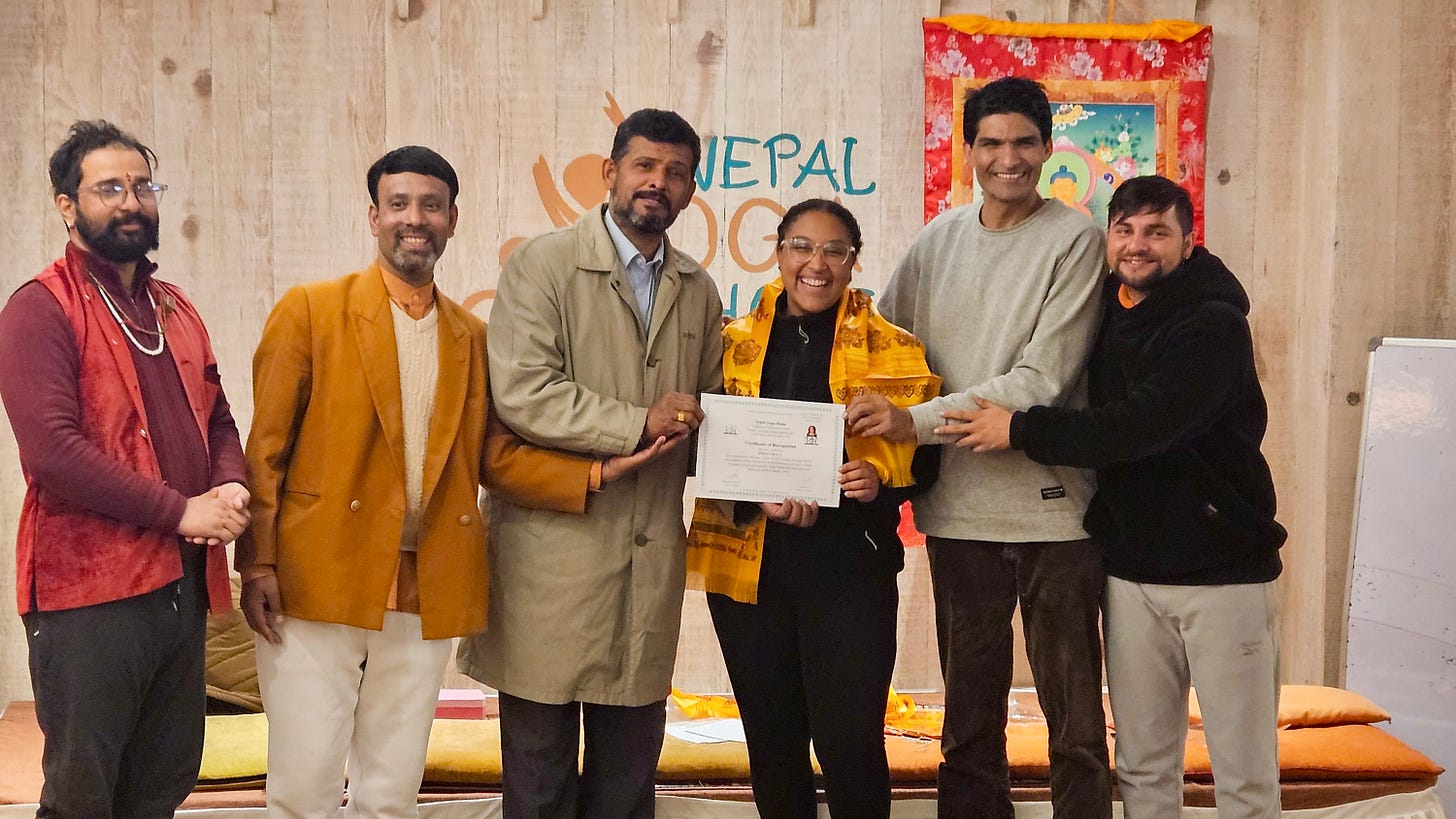
I loved this post so much! Felt like I was there, and I loved hearing about the emotional as well as physical journey of yoga teacher training.
Congrats on your grad! The body keeps the score. Today is my first day of sabbatical. I know I need a bit of bodywork to reset after 15 years in corporate.